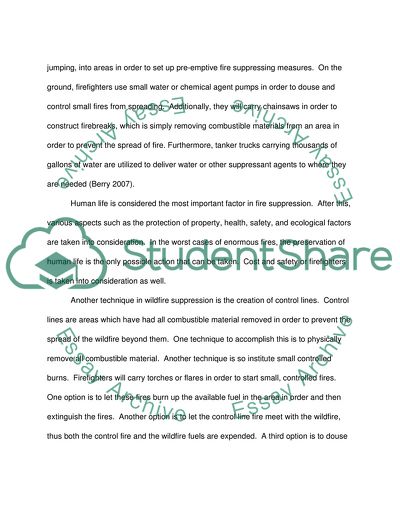Cite this document
(Suppressant Agents and Strategies for Suppression of Fires Term Paper, n.d.)
Suppressant Agents and Strategies for Suppression of Fires Term Paper. Retrieved from https://studentshare.org/technology/1551489-principles-of-fire-behavior
Suppressant Agents and Strategies for Suppression of Fires Term Paper. Retrieved from https://studentshare.org/technology/1551489-principles-of-fire-behavior
(Suppressant Agents and Strategies for Suppression of Fires Term Paper)
Suppressant Agents and Strategies for Suppression of Fires Term Paper. https://studentshare.org/technology/1551489-principles-of-fire-behavior.
Suppressant Agents and Strategies for Suppression of Fires Term Paper. https://studentshare.org/technology/1551489-principles-of-fire-behavior.
“Suppressant Agents and Strategies for Suppression of Fires Term Paper”, n.d. https://studentshare.org/technology/1551489-principles-of-fire-behavior.


